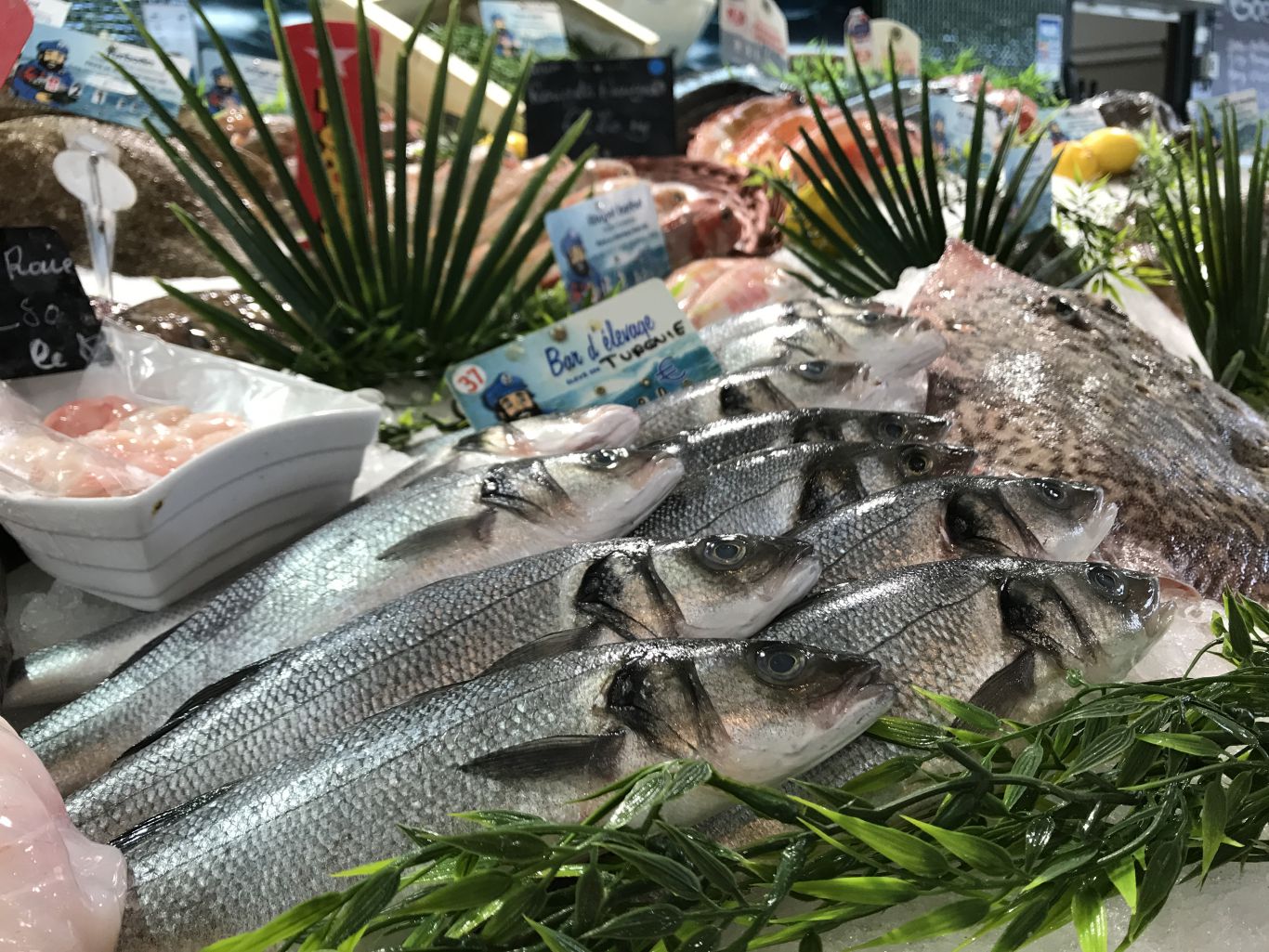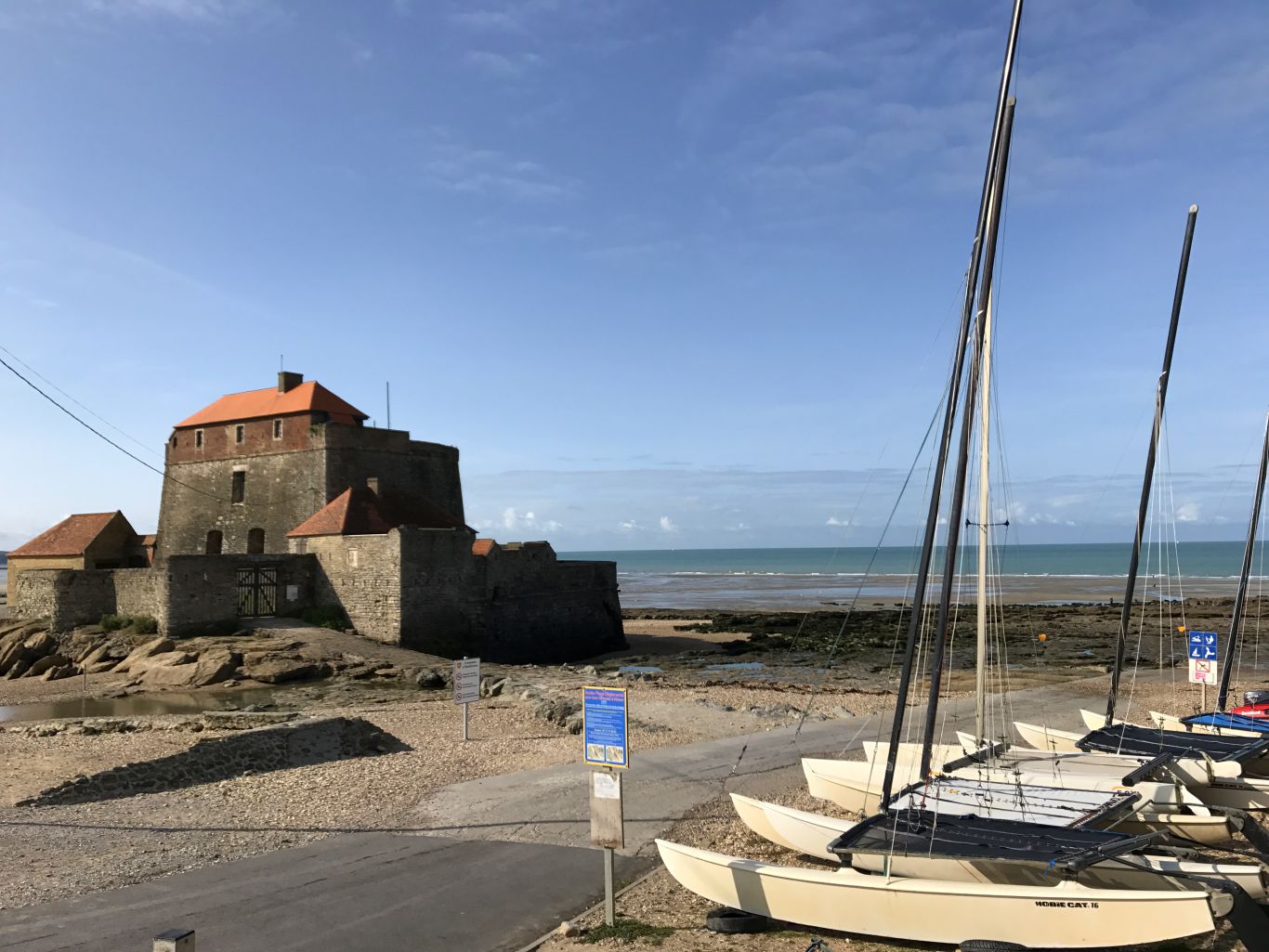
So mysteriously called because of the mutating colours of sea and sky, the 75-mile long Opal Coast, stretching from the Belgian border right down to Picardy, is one you’re (probably) unfamiliar with.
I was too, despite the fact that it faces Kent (where I was born) and south-east England. So the other week my partner and I decided to string together a few days’ itinerary with one criteria – that we stay within an hour’s drive south of Calais.
Why just an hour? Simply to take advantage of its closeness to the UK, as well as minimize time on the road (always important on a short break). We avoided Boulogne as we’d stayed there previously, and concentrated instead on the distinctive towns of Montreuil, Le Touquet and Wimereux.
Sure, the weather can be mixed, even (especially) in late August: in fact, we witnessed every season, from hot, bright sunshine to autumnal-style drizzle and even a sweeping, majestic sea storm.
The one constant, however, was the endlessly big sky, and sometimes astonishing light on the horizon. Opal, indeed.
Le Touquet

An Initial Wander
This attractive self-styled Belle Epoque resort – half forest, half dune-swept seafront – was christened Le Touquet Paris Plage when created for wealthy Parisians a little more than a hundred years ago. At first glance, it feels like a cross between, say, Miami and somewhere far more Mediterranean than its northern location would hint at.
In the ‘roaring’ 1920s it was the place to be for Noel Coward and the “smart set” – PG Wodehouse also lived here a decade later – and the quirky, colourful villas lining its streets are a delight. We particularly liked playful Rue De Moscou, home to some of the most surreal buildings.
An immediate surprise too was that the town is so French; and we were pleased barely to hear an English voice, even in the height of summer, when you might expect the place to be overrun with Brits.
Being built in simple grid layout means easy navigation, with the core streets layered behind the long Modernist seafront, with its many kid-friendly activities, such as water park and funfair rides.
Eating & Drinking
Warning: Le Touquet veers on the pricey side, but there are set menus (mostly around €22 for two courses), by far the most interesting way to explore the cuisine. From ratte potato to fish soup, it’s an immensely foodie town: if in doubt explore the twice-weekly art deco covered market, with its rainbow-like fish, vegetable and meat stalls, or stroll along the independent food shops of Rue de Metz. Sweet tooth? You’re in luck: Au Chat Bleu (47 Rue Saint-Jean), opened in 1912 by two cat-loving sisters, is an extremely tempting artisan chocolatier. Try the dark chocolate cognac.
For lunch, top choices in all the guidebooks include the picturesque Village Suisse, Les Deux Molineaux and the discreet sea-facing Cote Sud. But we rated classic Cafe Des Arts (80 Rue de Paris), its €23-menu offering up glistening haddock carpaccio with sweetcorn and lime, dainty ravioli with jambon cru and crème carbonara, and cod, ratatouille and pesto risotto.

Moules frites is of course a thing – and the Atelier Ephemere (1 Rue Saint-Jean) is a pleasant beachside option, its dining room candlelit by night. And there’s a very good burger joint too: the Burger Fermier Des Enfants Rouges (49 Rue de Calais) flip deeply tasty quality patties with a choice of several cheeses (we went for local Maroilles) in an interesting neighbourhood about ten minutes’ walk out of the centre. Our wait, however, was over half an hour, so best to order a house red and soak up the atmosphere.
We had mixed feelings about the town’s most famous fish and seafood restaurant, Perard (67 Rue de Metz), however: a €28 set lunch of juicy red prawns and aioli, and a dessert of crème brulee was marred by an unattractively unidentifiable fish of the day with carrots, broccoli and a pool of mash. But still, the lively street scene is people-watching gold.
And if it’s warm enough, grab a sundowner at one of the Med-style bars lining the beach (open till end October). Or try L’Impasse or the Globe Trotter English pub on buzzy Rue De Metz.

A Cycle Tour
You might want to work off the long lunches pounding the streets, where designer boutiques, galleries and labels line every last inch. Or do as we did and head to the Velo Hire on Rue De Paris, which costs 7 euros for two hours, more than enough time to peddle along the well-marked paths, the scent of pines in the air, up the Corniche and around the curving Baie De La Canche, with its epic views. Once past the Equestrian Centre you enter slightly creepy deco quietness of the roads within the Forest, where the houses are either thatched Hansel-and-Gretel-style dream cottages or captivating fairy castles. There’s also a contemporary art gallery at the heart (The Musee De Touquet) – not to mention the famous golf course itself. No wonder President Macron has his holiday home here.

Before dinner locals take their Jack Russells of all shapes and sizes along the vast beach at low tide, razor clam shells scattered on the ridged sand, the sky an everchanging orange. The only sound is of private helicopters and small planes darting overhead: you are, of course, in a millionaire’s paradise.
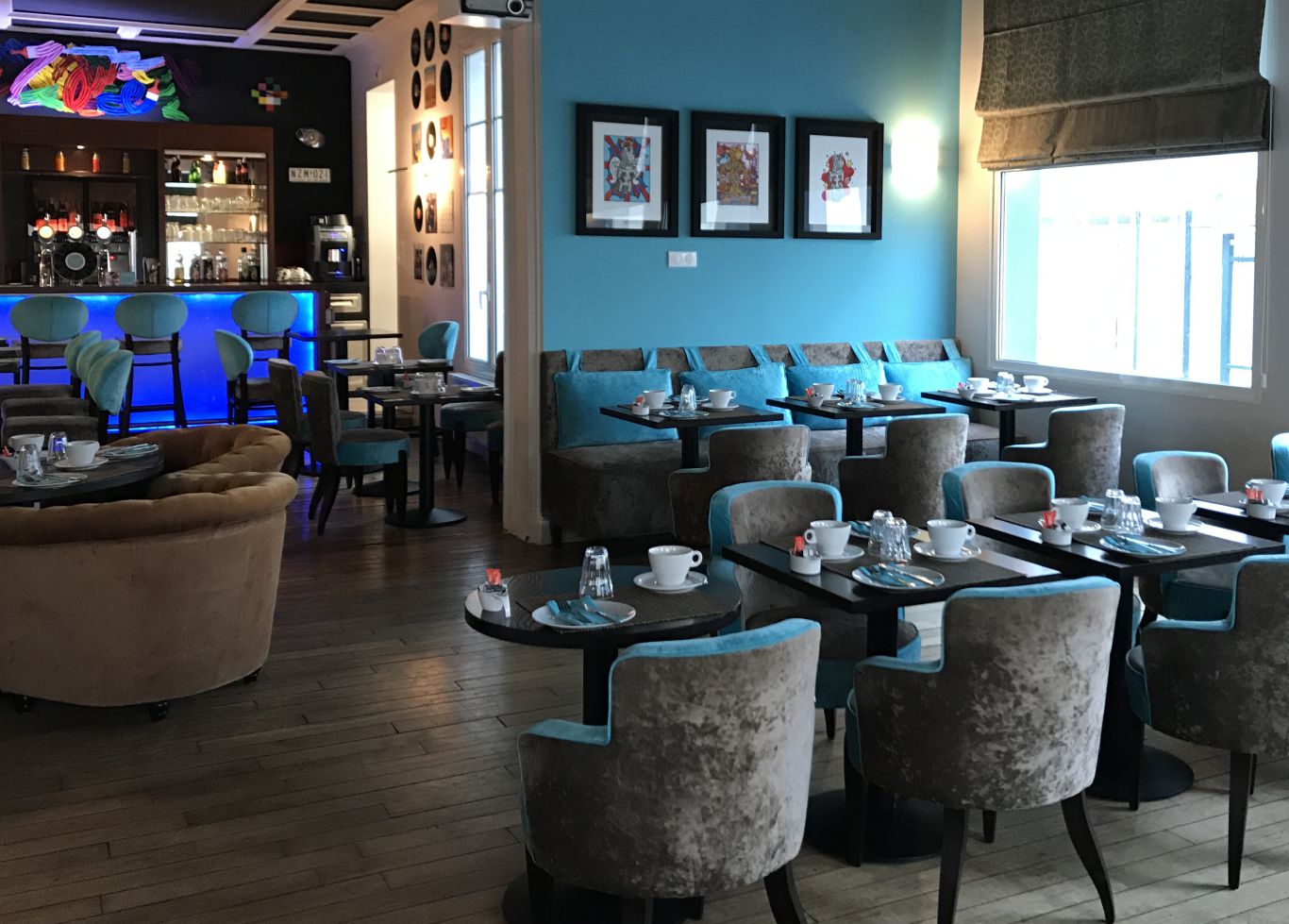
Accommodation
We stayed just near the Rue St Jean, off the waterfront, in a contemporary hotel called Castel Victoria. The rooms were small and functional, but the terrace, with sea glimpses, was spacious; and the stylish downstairs bar and pool room elegant and distinctly hangout-able. A zen garden out back adds further space to unwind. Breakfast was good: a sprawling buffet with home-made cakes, muffins, madeleines, pain au chocolat, croissants, as well as cheeses, hams, eggs, fruit and yoghurt. One tip? There are no beach towels for guests, so bring your own. Hotel Castel Victoria, 11 Rue de Paris, 62520 Le Touquet-Paris-Plage, France (+33 3 21 90 01 00). Rooms from €70. More info here.
Wimereux
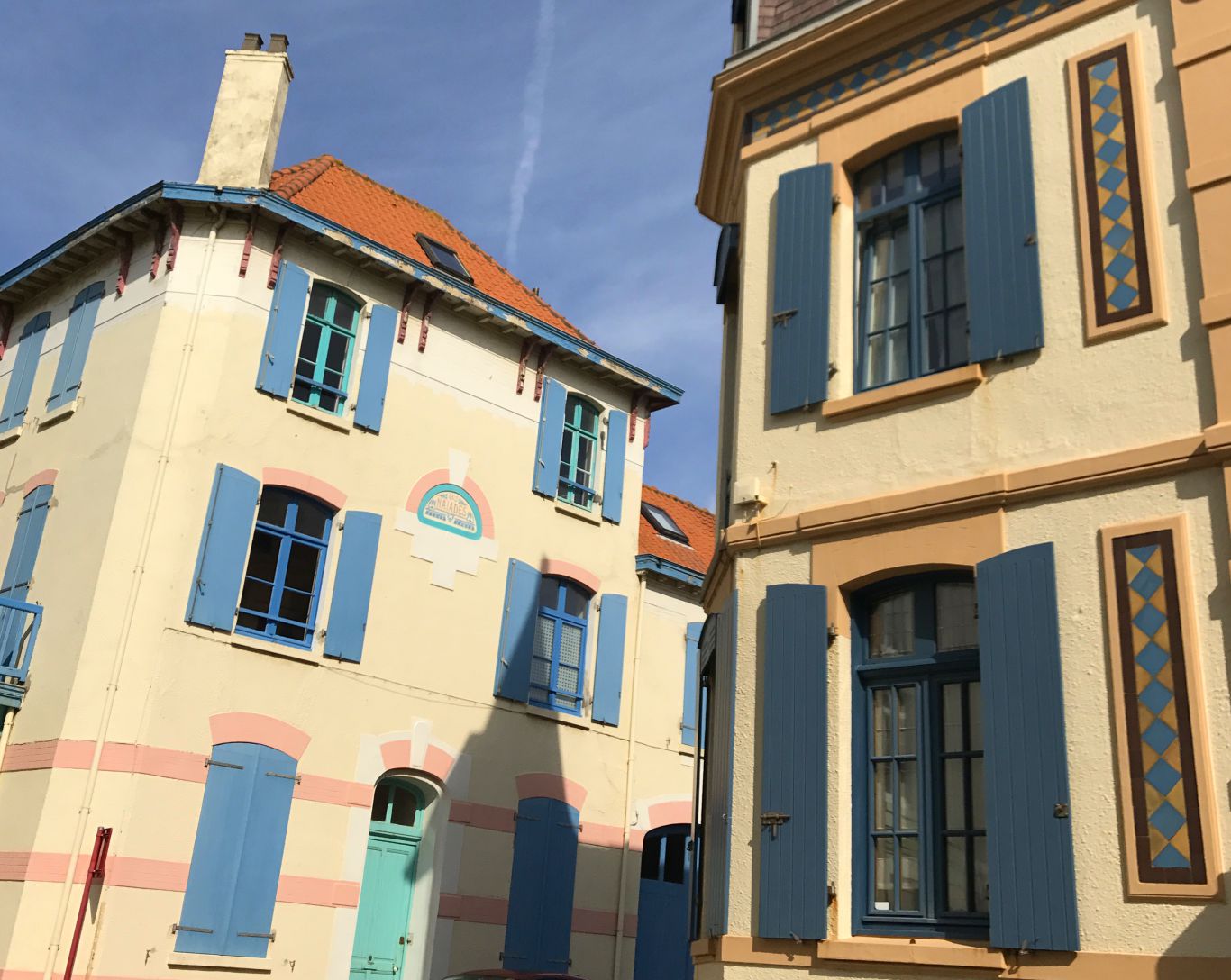
A perfect contrast to the more ostentatious wealth of Le Touquet is this quiet sort of place, just five kilometres north of Boulogne, that reeks of being “in the know” (in fact, half a dozen friends of ours swear by it). Another Belle Epoque-era commune, it pre-dates its upmarket neighbour but is no less charming.
The restaurants that line the beach are virtually on the shingle itself, and one – the Atlantic – combines a fabulous Michelin-rated hotel with two upmarket dining rooms. L’Aloze is the cheaper, on ground level, its cooking impressive (three courses at lunch is €26): we rated the haddock cured with tomato, feta and quinoa, cod with fregola, piquillo peppers and a sardine emulsion.
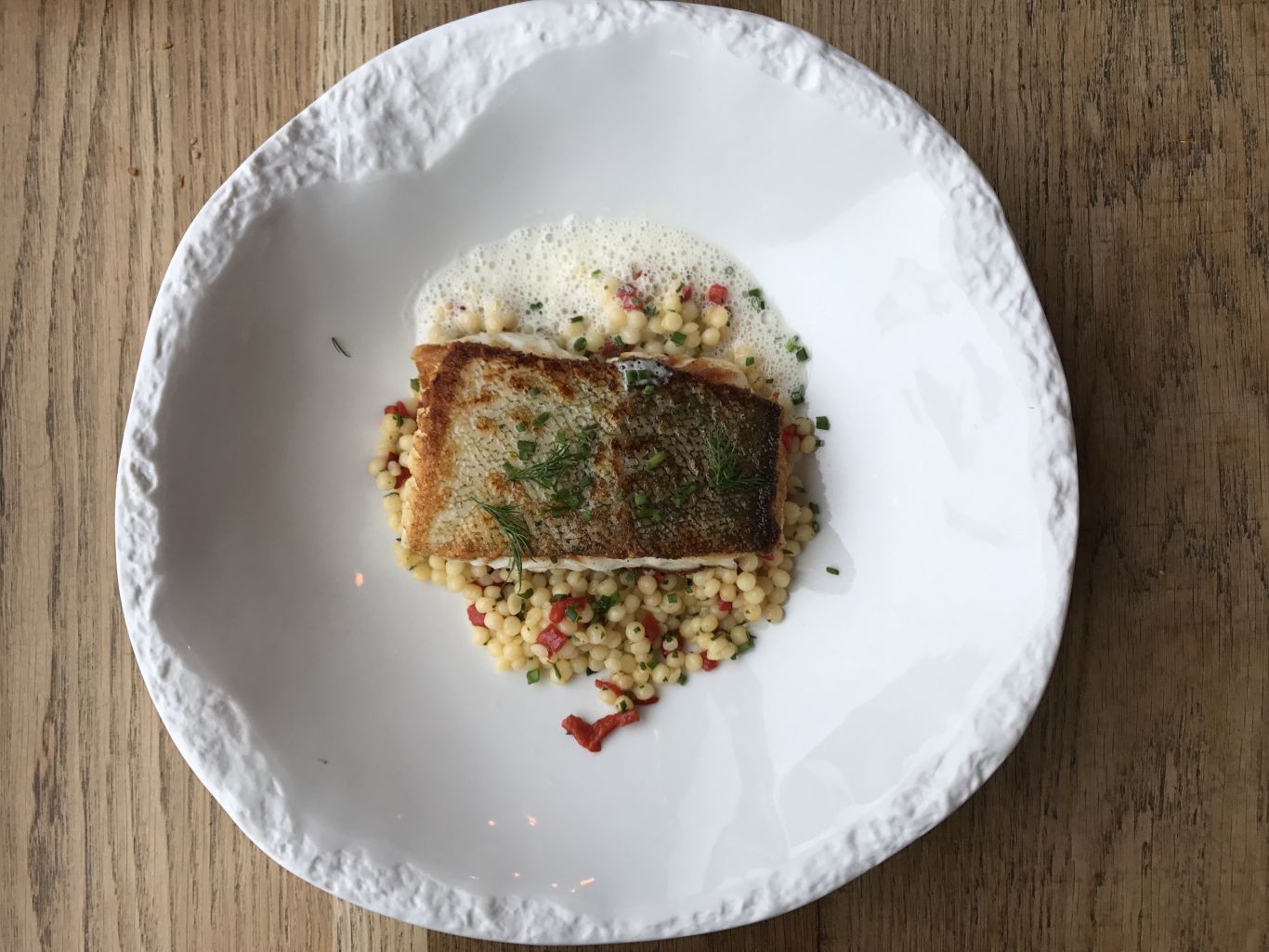
The central high street allows an afternoon mooch too, with something of a Whitstable or Deal vibe, and many boutiques from interior stores and clothing shops to butchers and bakeries. There are lots of locally rated restaurants, including Le Carnot (where we also stayed), Au Comptoir and, at the street’s furthest tip, a hip craft beer bar and burger joint called Le Repere, all bare brick, stone and wood from a reclaimed ship container.
Initially sunny upon arrival, crazy weather swept in on our visit with the tide so fast-moving that the lifeguard had to guide stubborn bathers out of the water, waves crashing over the promenade. Once it had passed, and we took a walk along the river Slack, we noted how different it felt from Le Touquet: viaducts, grey stone and steep headlands. It’s a windswept, romantic place.
And you could do worse than stay at The Carnot, which occupies a good spot on the corner of the main street and a side road lined with 1920s villas leading to the seafront. It’s a pretty basic affair upstairs, with simply furnished rooms and bathrooms, but breakfast proved a good chance to try local produce. Le Carnot Hotel, 12 Rue de Carnot, Wimereux, France ( +33 3 21 32 41 04). Rooms from €100. More info here.
Montreuil-sur-Mer

Travel 15 kilometres inland from Le Touquet and this hilltop walled town (no longer sur mer) is as good as they get. Walk round the ramparts – which takes a couple of hours and offers incredible views across both countryside and town – before enjoying some sensational restaurants. Highly recommended is Froggy’s Tavern: enter a cobbled old courtyard into a cosy, rustic interior for a chalked-up menu (two courses is €22) including awesome starters of tomato and anchovy, with the likes of grilled pork chop or entrecote to follow. Don’t miss ancient cobbled artisan street, Rue du Clape en Bas, lined with lively bars and restaurants, too. From the selection of mid-priced accommodation, we chose The Vauban, a basic auberge with views over the square, and proprietors that have reached a certain level of notoriety on Tripadvisor for gruffnesss.
Driving back to the ferry? Gawp at the lovely restored fort on Ambleteuse beach before Wissant’s unexpectedly sandy dunes, and diminutive town square provide a last blast of very Frenchy France – before the inevitable boarding at Calais.
More general info about Côte D’Opale and Le Touquet here and the Wimereux area here. The ferry crossing from Dover to Calais takes 90 mins with P & O, prices vary.

